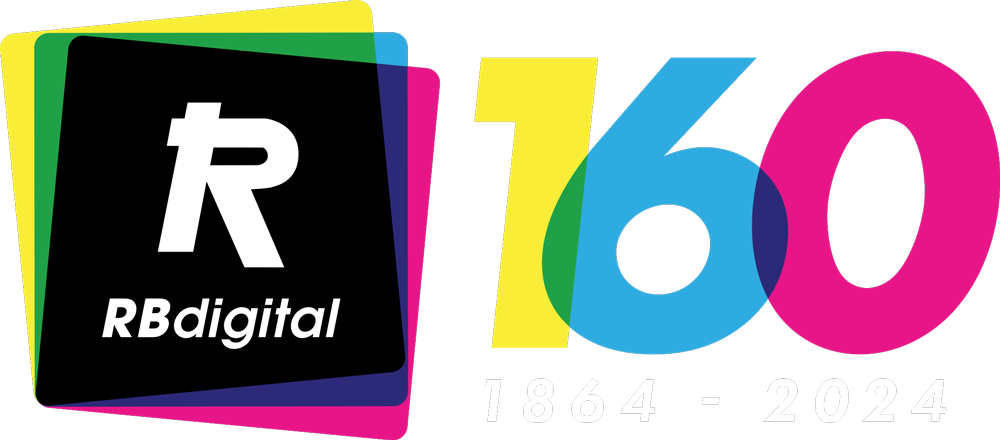
Often Purchased With
-
Monarch Dye Migration and Bleed Test Kit
P110Prix habituel $77.00 CADPrix habituelPrix unitaire par
Additional Information
- Low curing temperature of 270°F (132°C) - save energy, reduce bleed defects
- Bleed Blocking - Superior dye migration blocking, eliminate discoloration defects
- Soft Hand - Smooth and pliable feel
- Printability - Creamy, consistent viscosity, no reducers needed
Fabric Types
- 100% polyester, polyester blends, tri-blends, dye sublimated fabrics
Mesh
- Counts 86-158 t/in (34-6z t/cm)
- Tension: 25-35 n/cm
Squeegee
- Durometer: 60-70, 60/90/60
- Edge: Square, Sharp
- Stroke: Medium
- *Do not use excess squeegee pressure
Non-Phthalate Stencil
- Direct: 2 over 2
- Capillary/Thick Film: N/A
- Off Contact: 1/16” (.2cm)
Flash & Cure Temperatures
- Flash: 200-220°F (90°C-105°C)
- Cure: 270°F (132°C) Entire ink fi lm
Pigment Loading
- EQ: N/A
- MX: N/A
- PC: N/A
- *All percentages listed at % by weight.
Epic Additives
- Extender: N/A
- Reducer: Epic Viscosity Buster-1% max
- *All percentages listed at % by weight
Shipping & Storage
- 65-90°F (18-32°C)
- Avoid direct sunlight.
- Use within one year of receipt
Clean Up
- Ink degradent or press wash
- Print EPIC Armor LC so that the flashed ink deposit fully covers the underlying fabric, avoid any fabric showing through the under base layer
- For difficult bleeding fabrics such as digital camo, it is important to get a good ink deposit to block dye migration and a print-flash-print technique with lower mesh count is recommended. For optimized bleed protection, follow the under base with a print-fl ash-print of Wilflex low cure whites
- Always overprint EPIC Armor LC with Wilflex LC whites and/or color systems for durability performance
- Use consistent, high-tension screens to optimize performance
- When possible, use S-thread screens with smaller diameter threads and larger mesh opening
- Adjust flash cure temperature and time so ink is just dry to touch. Avoid excessive flash temperatures to protect fabric and migration of dyes. Depending on flash unit, a 2 - 3 second flash is adequate. If surface is hot and tacky, the ink film has been over flashed. Reduce temperature or time to prevent an inter-coat adhesion problem
- Curing is a time and temperature process, a lower oven temperature setting with a slower belt speed while maintaining recommended ink cure temperature is always best to protect fabric, control dye migration and reduce energy consumption
- EPIC Armor LC can be cured between 270°F - 320°F (132°C - 160°C). Running at the higher end of the temperature range and/or longer dwell times maybe required to achieve proper cure on jobs that contain cotton, high ink deposits or heavy weight garments.
- Stir plastisols before printing.
- Do not dry clean, bleach or iron printed area.
- Perform fusion tests before production. Failure to cure ink properly can result in poor wash fastness, inferior adhesion and unacceptable durability. Gel and cure temperatures for ink should be measured using a Thermoprobe device placed directly in the wet ink film and verified on the substrate(s) and equipment to be used for production.
- It is the responsibility of the printer to determine that the correct ink has been selected for a specific substrate and the application processes meet the printer’s customer standards or specifications.
- Curing is the responsibility of each printer to confirm that the print is fully cured. PolyOne’s cure recommendations are not a guarantee or warranty, but merely suggested starting points for curing evaluations as explained above.
- When printing on garments that contain certain dyes, you must pre-test for the potential ghosting. Please refer to our website for more information on this issue.
- Wilflex products have been carefully designed to perform within a given viscosity range, and any dramatic change in viscosity is probable to result in a change in printing characteristics
- NON-CONTAMINATION OF EPIC INKS: Do not mix EPIC inks with inks, additives or extenders from other companies. All buckets, palette knives, stirring apparatus, squeegees, flood bars and screens must be cleaned properly and free of phthalates and pvc containing inks. Non-phthalate emulsions and pallet adhesives must be used. Failure to follow these precautions may cause phthalate contamination in violation of consumer protection laws and regulations.
- Any application not referred in this product information bulletin should be pre-tested or consultation sought with Wilflex Technical Services Department prior to printing.


